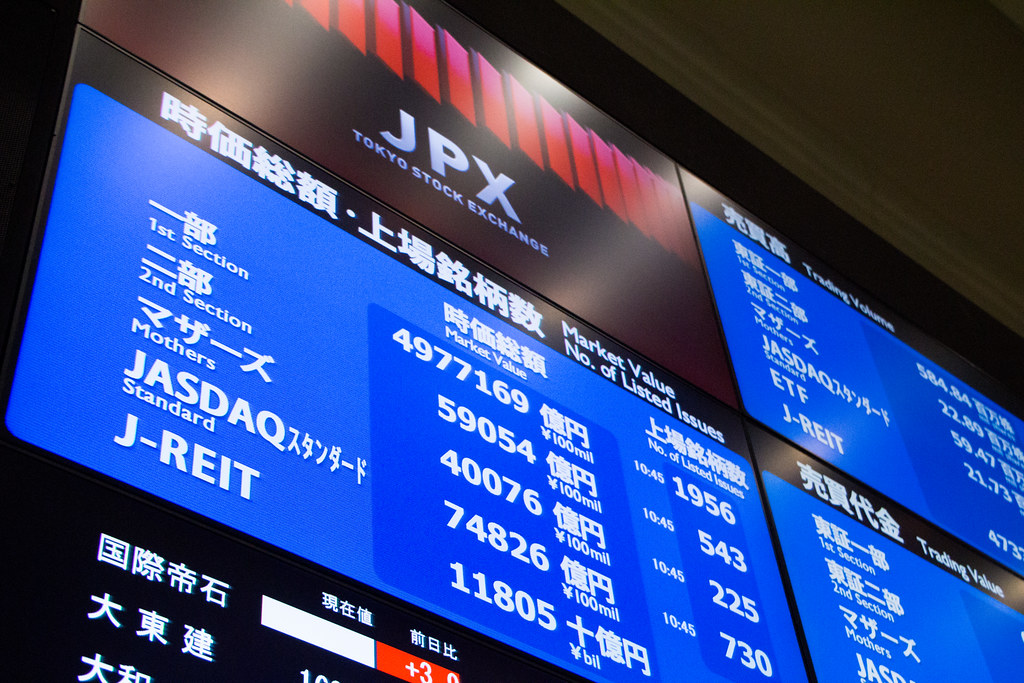How will the Japanese stock exchange go?

Does the relaunch of Japan start with manufacturing and consumer goods? The analysis by Ernst Glanzmann, GAM's Japan Equity Investment Director
The Japanese stock market was in troubled waters last quarter as well. There are too many unknowns. The zero-Covid strategy in China has blocked the Shanghai manufacturing center for weeks. The prices of important commodities are still high due to the war in Ukraine, and this does not help on the inflationary front.
Conversely, major central banks have raised interest rates to fight inflation, while Japan's central bank is an exception to the rule. The institute's policy of controlling the yield curve led to a devaluation of the yen by more than 10% against the dollar.
In the second half of the quarter, market fears intensified that large interest rate hikes could provoke a recession in the United States. On the other hand, this put a stop to the rise in commodity prices and eased the pressures on long-term rates.
In this market environment, value stocks again have an advantage over growth stocks. Stocks with a heavier weight in the index, particularly in IT, suffered in particular. Investors have focused more on domestic-oriented stocks as the Covid situation in Japan is improving and consumers are resuming spending. Overall, value stocks did better last quarter while small and mid cap stocks lost less than the 100 large caps.
A large part of the globalized Japanese stock market, for example the manufacturing sector which generates most of its profits overseas, has suffered greatly this year from the pandemic in Asia and directly from the war in Ukraine. Rising inflation due to a shortage of many important commodities and a lack of components weighed on the shares of these companies. In addition, the Federal Reserve's monetary tightening has put pressure on PEs in many cases, which are now as low as 10 years ago. This could offer an attractive investment or accumulation opportunity for long-term investors. We are still convinced that the digital transformation of the economy will have a positive impact on many listed companies.
In the capital goods sector, the Covid pandemic and the conflict in Ukraine should increase the demand for modernization and renewal of production machinery, contributing to environmental protection, full efficiency, decarbonisation and productivity. At the same time, the automation and automated management of production lines, logistics and warehouses continue to spread while the consumer base of semiconductors, machine tools and industrial robots is constantly expanding.
At this time, rising commodity prices, coupled with currency weakness, are reducing the margins of many companies, especially those that generate most of their sales internally and source overseas, and that are slowly transferring stocks. price increases to consumers. Nonetheless, there is some sign that final price increases are more easily passed on, making consumer stocks, among others, appear more attractive.
Looking beyond the third quarter, the drop in the price of oil and important commodities could be relevant to the equity market. The data right now is weak and unconvincing. Monetary tightening by several central banks is likely to slow economic growth, relieving pressures on commodity prices and then on inflation. In the Japanese stock market this should lead to a new orientation; stocks that have been overlooked by investors in recent quarters are expected to make a comeback. We believe it will take a few more months for the turnaround in inflation to appear evident in the markets.
When investors start predicting the end of US interest rate hikes, a new cycle could begin, and the Japanese equity market should regain momentum. As is often the case in turning points, there is a lot of uncertainty, and many investors don't have the courage to change.
Right now, probably one of the most interesting graphs that allows us to better understand the current situation and also have greater clarity of what could happen in the future is the trend of mortgage rates in the United States and their correlation with the ISM PMI index. .
The absolute change from the previous year in mortgage rates can anticipate an economic boom or weak economic demand. Mortgage rates in the United States have risen a lot since the beginning of the year. Since rising interest rates have a negative impact on the economy, the absolute change on an annual basis is pointed in the opposite direction.
A possible interest rate cut in the United States, as we have said, may not be visible until next year, if not beyond, in the form of a turnaround in the economy. Such a turning point could be the signal of a new impending rally for the stock market. As always, the future will tell us whether this is the case or not. We will monitor the progress of the graph.
This is a machine translation from Italian language of a post published on Start Magazine at the URL https://www.startmag.it/economia/come-andra-la-borsa-del-giappone/ on Sun, 21 Aug 2022 05:29:22 +0000.
